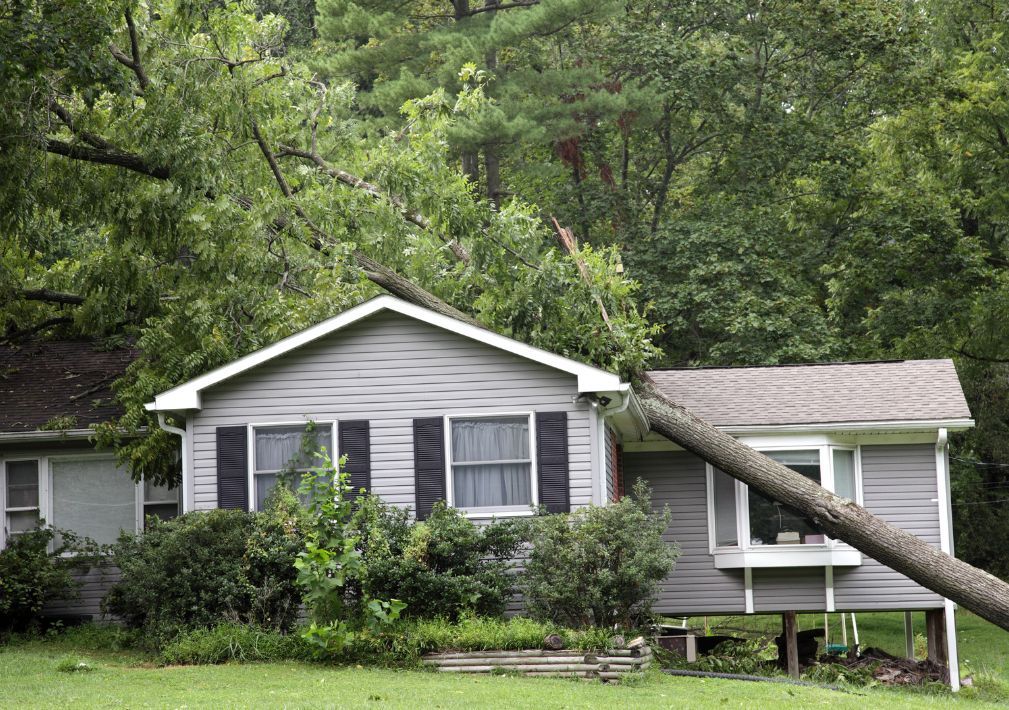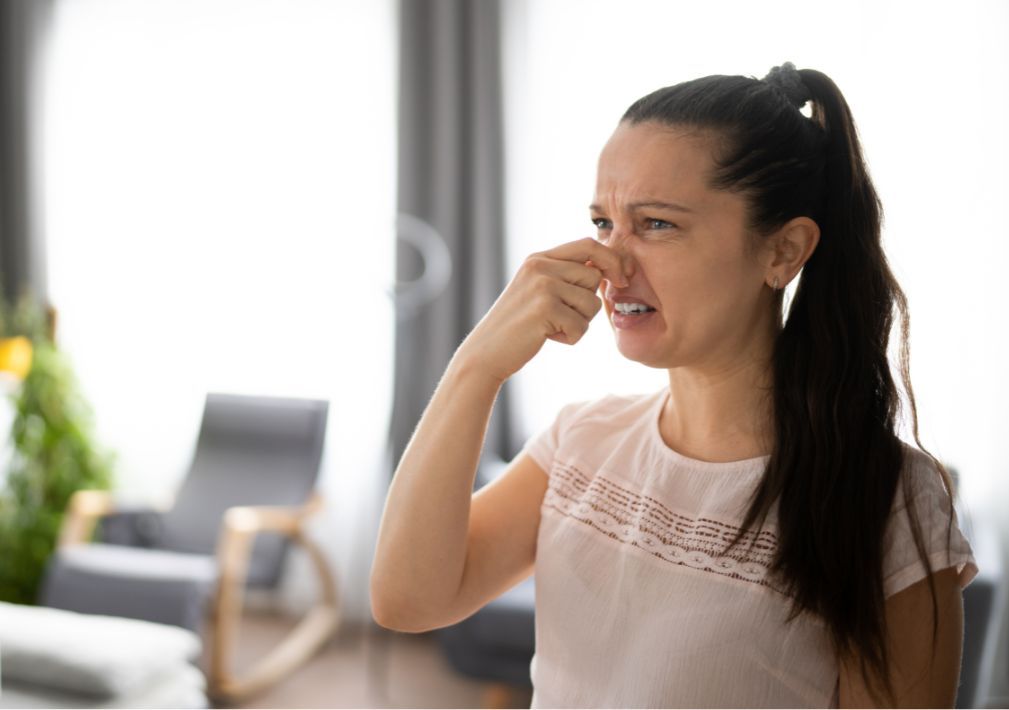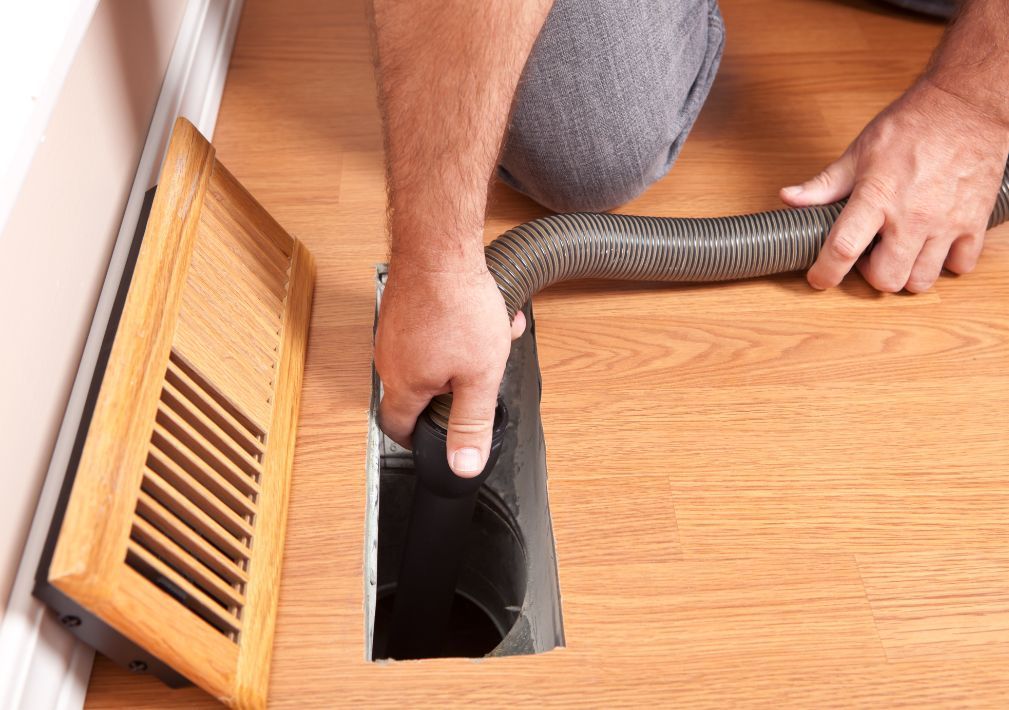How Do You Make Old Tiles Look New?

To make old tiles look new, thoroughly clean them using suitable techniques like steam cleaning or scrubbing with baking soda, and address any grout discoloration or damage. For a complete restoration, consider hiring professional tile cleaners like Voda for expert care and maintenance.
Over time, tiles can lose their original charm and elegance, often appearing dull, stained, or damaged. Whether you have tiles in your kitchen, bathroom, or hallway, the gradual accumulation of dirt, grime, and stains can significantly detract from the overall aesthetic of your home. Revitalizing these surfaces not only enhances your home’s appearance but can also increase its value. Fortunately, with the right techniques and products, it’s entirely possible to restore old tiles to their former glory.
This blog will guide you through the process of assessing the condition of your tiles, effective cleaning methods, and whether to embark on the restoration journey yourself or enlist professional help. At Voda Cleaning and Restoration of Virginia, Maryland & DC, we specialize in tile cleaning and restoration, offering top-tier services that can rejuvenate your home and leave your tiles looking brand new.
Assessing the Condition of Your Tiles
Before you dive into the restoration process, it’s essential to take a close look at the condition of your tiles. A thorough assessment will help you determine the appropriate cleaning and restoration methods to use. Here are some key aspects to consider:
- Stains and Discoloration:
Inspect your tiles for stains or discoloration caused by spills, dirt, or age. Common culprits include food, drinks, and cleaning products that may have left marks over time. - Cracks and Chips:
Look for any visible damage, such as cracks, chips, or uneven surfaces. Damaged tiles may require repairs before cleaning can take place, as trying to clean a damaged surface may lead to further issues. - Grout Condition:
The grout lines between your tiles can often harbor dirt and mildew, making them appear darker than the tiles themselves. Check for any signs of discoloration or mold growth in the grout. - Surface Texture:
Consider the texture of your tiles, whether they are smooth or textured. Textured tiles can be more challenging to clean, requiring specific techniques and products.
By understanding the specific condition of your tiles, you can develop a targeted plan for restoration that addresses both cleaning and repair needs.
Cleaning Your Tiles: Techniques and Products
Once you’ve assessed your tiles, it’s time to roll up your sleeves and start the cleaning process. Here are some effective techniques and products to help you restore the beauty of your tiles:
- Basic Cleaning Solutions:
Start with a simple mixture of warm water and mild dish soap or a pH-neutral tile cleaner. Use a soft mop or cloth to wipe down the tiles, removing loose dirt and grime. This basic step is essential for preparing the surface for more in-depth cleaning. - Scrubbing Stains:
For stubborn stains that resist standard cleaning methods, create a paste using baking soda and water. Apply the paste to the stained area and allow it to sit for 10 to 15 minutes before scrubbing gently with a soft brush or sponge. Rinse the area thoroughly afterward. - Steam Cleaning:
Using a steam cleaner can be an excellent option for deep cleaning tiles, especially in high-moisture areas like bathrooms and kitchens. The high temperature of the steam helps to loosen dirt and kill bacteria, providing a thorough clean without the need for harsh chemicals. - Grout Cleaning:
The grout lines often require special attention. Use a specialized grout cleaner or a mixture of vinegar and water to scrub the grout. A small brush or an old toothbrush can help you reach into tight spaces. After scrubbing, rinse the grout lines with clean water to remove any residue. - Commercial Cleaners:
If you encounter particularly stubborn stains or heavy buildup, consider using commercial tile cleaners designed for your specific tile type. Always read the manufacturer’s instructions and test the product on a small, inconspicuous area first to ensure it won’t damage your tiles.
Regular cleaning will not only improve the appearance of your tiles but also help prevent future damage and maintain a healthy living environment.
The Importance of Professional Tile & Grout Cleaning
Restoring old tiles might seem like a simple DIY project, but without the right tools, techniques, and expertise, you risk causing more harm than good. Here’s why professional tile restoration is the better choice:
DIY Pitfalls:
While DIY methods may appear cost-effective, they often lead to uneven results, residue buildup, or even permanent damage. Store-bought cleaners and home remedies may not be strong enough to remove deep-set stains, and improper techniques can weaken grout or scratch tile surfaces. Without professional-grade equipment, DIY efforts can leave tiles looking dull and worn despite hours of labor.
Why Professional Restoration Wins:
Hiring a professional tile cleaning service like Voda ensures your tiles receive expert treatment with specialized equipment and techniques that safely remove deep-seated grime, stains, and buildup. Professionals can also spot and address hidden issues such as grout deterioration or mold growth, problems that DIY methods often overlook. With expert restoration, your tiles regain their original luster and durability without the risk of costly mistakes.
Instead of spending time and money on temporary DIY solutions, trust the professionals for long-lasting, high-quality results.
Maintaining Your Newly Restored Tiles
After successfully restoring your tiles, maintaining their appearance is key to ensuring they look great for years to come. Here are some essential maintenance tips:
- Regular Cleaning Routine:
Establish a regular cleaning routine to prevent dirt and grime buildup. A simple weekly cleaning with a mild detergent and a soft mop can keep your tiles looking fresh. - Avoid Harsh Chemicals:
Avoid using abrasive cleaners or harsh chemicals that can damage your tiles and grout. Instead, opt for pH-neutral cleaning products specifically designed for your tile type. - Seal Grout Lines:
If applicable, consider applying a grout sealer to protect against stains and moisture. Sealing the grout helps prolong its life and keep it looking fresh. - Promptly Address Spills:
Clean up spills immediately to prevent staining and damage. The quicker you act, the better chance you have of maintaining your tiles’ appearance. - Schedule Professional Cleanings:
Consider scheduling professional tile cleaning with Voda at least once a year. Our team can provide deep cleaning and maintenance services that go beyond standard cleaning, helping to maintain the integrity and appearance of your tiles.
The Final Thoughts About Tile & Grout Cleaning
Making old tiles look new again is a rewarding endeavor that can greatly enhance the beauty and value of your home. By assessing their condition, employing effective cleaning techniques, and choosing the right approach, you can successfully revitalize your tiles. At Voda Cleaning and Restoration of Virginia, Maryland & DC,, we are dedicated to providing top-tier tile cleaning services, ensuring your home looks its best. If you’re ready to restore your tiles to their original beauty, don’t hesitate to reach out to us for expert assistance. Your home deserves the best care, and we’re here to help you achieve that!
Frequently Asked Questions
What types of tiles can be restored?
Most types of tiles, including ceramic, porcelain, and natural stone, can be restored. The restoration process may vary depending on the material, so it’s essential to choose appropriate cleaning products and techniques for each type.
How often should I clean my tiles?
A good rule of thumb is to clean your tiles weekly to prevent dirt and grime buildup. For high-traffic areas or spaces that see a lot of spills (like kitchens), more frequent cleaning may be beneficial.
Can I use vinegar to clean my tiles?
While vinegar is an effective cleaning agent for some surfaces, it can be too harsh for certain types of tiles, especially natural stone. Always check the manufacturer’s recommendations before using vinegar or acidic cleaners on your tiles.
How long does the tile restoration process take?
The duration of the tile restoration process can vary depending on the size of the area, the condition of the tiles, and whether you are doing it yourself or hiring professionals. A DIY cleaning session may take a few hours, while professional services can typically complete the job in a day or two.
How do I know if I need professional tile cleaning?
If your tiles have stubborn stains that you cannot remove, or if you notice extensive damage, mold growth, or discoloration, it may be time to call in professionals. Voda’s team can assess the condition of your tiles and provide the best restoration solutions.
More Blogs
Categories




